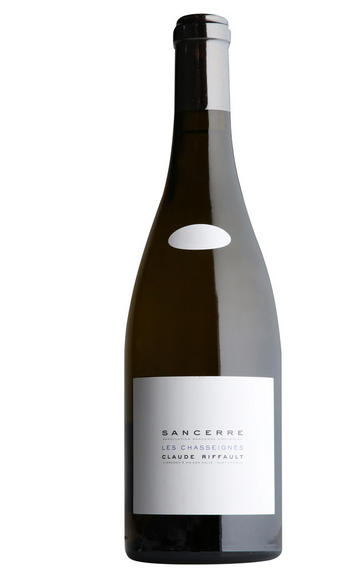
2019 Sancerre, Les Chasseignes, Claude Riffault, Loire
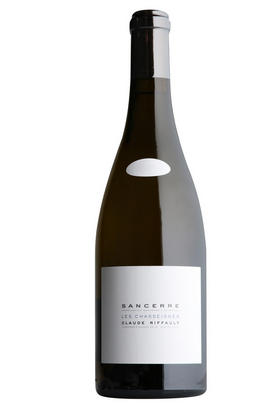
Critics reviews
The 2019 Sancerre Les Chasseignes is a picture-book Sancerre from gravelly limestone soils ("calcaire de caillottes") that assembles the fruit from 11 east- and southeast-facing parcels at 275 meters in altitude. Aged on the lees for 14 months in oak, it opens with a clear, bright yet deep, intense and concentrated bouquet of crushed stones, lemon oil and a hint of fresh oak that disappears with air. Silky, round and very elegant on the palate, this is a full-bodied, wide, intense and juicy yet pure and stimulating Sancerre with remarkable finesse and lingering salinity. The long and complex finish reveals concentration, very fine tannins and the mouthwatering taste of crushed limestones. Refreshing lime and lemon notes on the aftertaste. A gorgeous wine with chalky veins and the vibration of great terroir.
Stephen Reinhardt, Wine Advocate (Feb 2021)
About this WINE
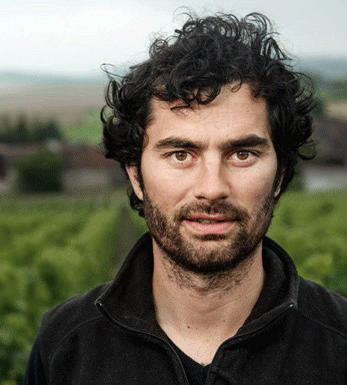
Domaine Riffault
Domaine Claude Riffault is a 13.5-hectare estate based in the village of Sury-en-Vaux, around 5 kilometres from Sancerre. One of the most exciting domaines in the Sancerre appellation, it is run by Stéphane and Bénédicte Riffault. All of the vineyards are certified organic and biodynamic.
Stéphane studied in Burgundy, and his brother, Benoît, married into the Sauzet family in Puligny-Montrachet and now makes the wines there. Therefore, It is no surprise that the approach here mirrors that in Burgundy, focusing on identifying and highlighting individual terroirs.
The grapes are hand-harvested and rigorously sorted before crushing and a light settling to retain a significant proportion of lees. This and extensive lees ageing allow Stéphane to produce the textural wines he enjoys. The whites' vinification and ageing occur in concrete tanks and large-format oak – demi-muids and foudres.
The red wines are also among the very best the region has to offer. They are typically made with a significant proportion of whole bunches, bringing a spicy, floral character and mid-palate richness to the wines. Importantly, yields are kept low to obtain a good level of ripeness.
In all colours, this is an excellent address for precise, delineated, and concentrated wines that go against the convention of easy-drinking Sancerre.
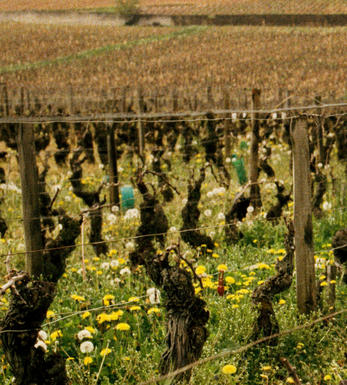
Sancerre
Sancerre is a famous white Sauvignon Blanc appellation located on the left bank of the Loire, across from Pouilly-Fumé.
While Pouilly-Fumé's vineyards are tightly clustered and homogeneous, Sancerre's 14 communes (including the great villages of Chavignol, Bué, Verdigny, Amigny and Ménétréol) are widely dispersed, covering nearly 3,000 hectares over vertiginous valleys at up to 350 metres above sea level, and three distinct soil types: silex, a white flint found around Sancerre and Ménétréol in particular, giving perfume and a fine structure; terres blanches, a calcareous clay soil that whitens as it dries (widely distributed), delivering a full, fruity richness; and caillottes, a Portlandian soil brimming with large limestones imparting both power and verve – as found in Sancerre, Chavignol and Bué.
A fourth soil type, griottes, tightly-packed with small limestones, has also been identified – as found near the village of Vosges. Kimmeridgean clay crops up less consistently than in Pouilly-Fumé and since most Sancerre, bar the single-vineyard wines, are a blend of soils the result is a richer, fuller and fleshier Sauvignon Blanc.
As with Pouilly-Fumé, an increasing number of (single-vineyard) wines are being raised in French oak, mostly 500-litre and demi-muids; little surprise in light of naturally higher alcohol levels due to global warming. Sancerre Rouge is also made from Pinot Noir, the quality of which is often compromised by bleeding some of the juice to make rosé – Vincent Pinard is a master nonetheless.
Recommended producers: François Cotat, André Dezat, David Sautereau
Top vineyards include: Les Monts Damnés, La Grande Côte, Le Cul de Beaujeu, Grand (and Petit) Chemarin, Chêne Marchand
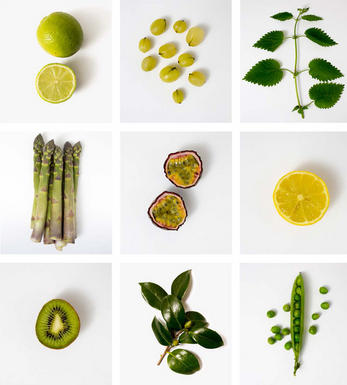
Sauvignon Blanc
An important white grape in Bordeaux and the Loire Valley that has now found fame in New Zealand and now Chile. It thrives on the gravelly soils of Bordeaux and is blended with Sémillon to produce fresh, dry, crisp Bordeaux Blancs, as well as more prestigious Cru Classé White Graves.
It is also blended with Sémillon, though in lower proportions, to produce the great sweet wines of Sauternes. It performs well in the Loire Valley and particularly on the well-drained chalky soils found in Sancerre and Pouilly-Fumé, where it produces bone dry, highly aromatic, racy wines, with grassy and sometimes smoky, gunflint-like nuances.
In New Zealand, Cloudy Bay in the 1980s began producing stunning Sauvignon Blanc wines with extraordinarily intense nettly, gooseberry, and asparagus fruit, that set Marlborough firmly on the world wine map. Today many producers are rivalling Cloudy Bay in terms of quality and Sauvignon Blanc is now New Zealand`s trademark grape.
It is now grown very successfully in Chile producing wines that are almost halfway between the Loire and New Zealand in terms of fruit character. After several false starts, many South African producers are now producing very good quality, rounded fruit-driven Sauvignon Blancs.


Buying options
Add to wishlist
Description
The 2019 Sancerre Les Chasseignes is a picture-book Sancerre from gravelly limestone soils ("calcaire de caillottes") that assembles the fruit from 11 east- and southeast-facing parcels at 275 meters in altitude. Aged on the lees for 14 months in oak, it opens with a clear, bright yet deep, intense and concentrated bouquet of crushed stones, lemon oil and a hint of fresh oak that disappears with air. Silky, round and very elegant on the palate, this is a full-bodied, wide, intense and juicy yet pure and stimulating Sancerre with remarkable finesse and lingering salinity. The long and complex finish reveals concentration, very fine tannins and the mouthwatering taste of crushed limestones. Refreshing lime and lemon notes on the aftertaste. A gorgeous wine with chalky veins and the vibration of great terroir.
Stephen Reinhardt, Wine Advocate (Feb 2021)
wine at a glance
Delivery and quality guarantee